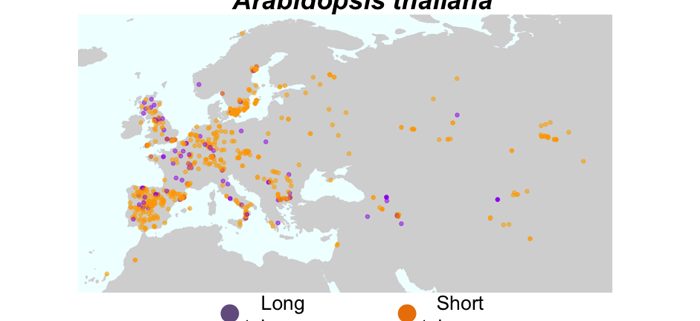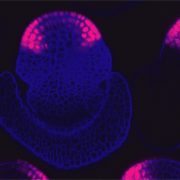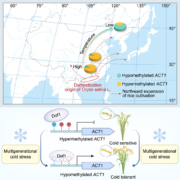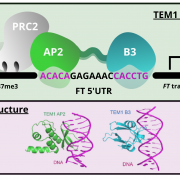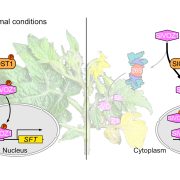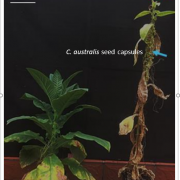Why does telomere length vary in plants?
Background: Telomeres are DNA-protein complexes found at the ends of eukaryotic chromosomes that protect the genome from instability and damage. In humans, telomeres shorten each time a cell divides, and accelerated telomere shortening leads to aging-associated diseases. In both plants and animals, telomere lengths often vary not only between but also within species. Such telomere length variation is associated with differences in life span or aging in animals, but the functional importance of natural telomere length variation in plants remains unclear.
Question: What is the biological significance of carrying different telomere lengths for natural plant populations? We asked this question in three model plant species: Arabidopsis thaliana, (Asian rice) Oryza sativa, and maize (Zea mays).
Findings: In all three plant species, we discovered that individuals with longer telomeres flowered significantly faster than those with shorter telomeres. Through genome-wide association mapping (GWAS), we identified several candidate genomic regions underlying natural telomere length variation, including a region harboring the telomerase reverse transcriptase (TERT) gene. We also discovered associations of telomere length with the genotypes’ geographic origin, suggesting that plants from temperate climates have the longest telomeres. Our data indicate that longer telomeres may be more adaptive in plants that have faster developmental rates and therefore flower earlier. Overall, our discovery of the association of flowering time with telomere length across the three evolutionarily different plant lineages suggests that this response may be a universal phenomenon across the plant kingdom and implies that telomere length variation in plants correlates with different life strategies and adaptations in response to the environment.
Next steps: The main open question is how telomere length variation mechanistically leads to changes in plant flowering time. Future genetic experiments will test whether telomere length affects flowering time directly or indirectly.
Jae Young Choi, Liliia R. Abdulkina, Jun Yin, Inna B. Chastukhina, John T. Lovell, Inna A. Agabekian, Pierce G. Young, Samsad Razzaque, Dorothy E. Shippen, Thomas E Juenger, Eugene V. Shakirov, and Michael D. Purugganan (2021). Natural variation in plant telomere length is associated with flowering time. Plant Cell https://doi.org/10.1093/plcell/koab022


